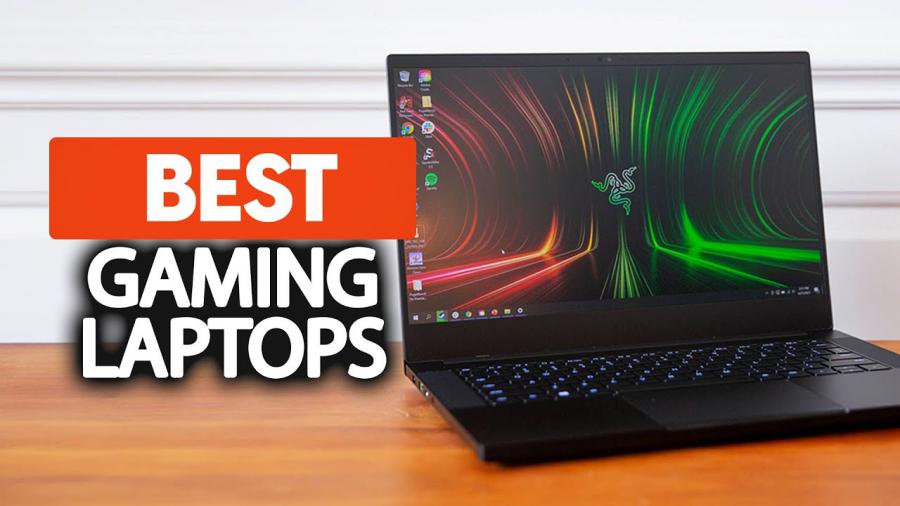






India's gaming market continues to thrive, with the recent Battleground Mobile India (BGMI) series event in Hyderabad drawing a 1,000-person strong crowd during the T20 World Cup final. The event, partly funded by smartphone company iQOO, saw the champions of the BGMI series being cheered on by enthusiastic fans. This highlights the growing popularity of esports in India, which is expected to reach $100 million by FY28 [93bcde00].
The esports industry in India has been experiencing rapid growth, fueled by a large and cost-effective market for online and offline tournaments. The popularity of games like Battleground Mobile India, developed by Krafton, has contributed to the rise of esports in the country. The BGMI series event in Hyderabad recorded an impressive 5,000 registrations for the finale in just six minutes, showcasing the immense interest and participation in esports [93bcde00].
India's gaming market as a whole has been expanding, with the country emerging as the largest gaming market in the world. The table top games market, a segment of the gaming industry, has seen significant growth in recent years. According to a report by Allied Market Research, the table top games market size was valued at $2.5 billion in 2021 and is estimated to reach $4.1 billion by 2031, growing at a compound annual growth rate (CAGR) of 5.3% from 2022 to 2031 [29894855] [9119895a] [b502c5fb].
Tabletop games are played on a flat surface and offered by key market players such as Asmadi Games, Bezier Games, Games Workshop, Hasbro, Mattel, and Ravensburger. Manufacturers in the industry provide different types of miniatures for miniature wargames, including innovative and customized miniatures made with metal and eco-friendly materials. The lack of awareness about different types of table top games is expected to hinder the industry's growth [57e88d69] [9119895a] [b502c5fb].
Europe was the largest market for table top games in 2021, accounting for 34.4% of the market share. However, the Asia-Pacific region offers lucrative growth opportunities due to its large consumer base and rise in disposable income. Role-playing games accounted for more than 50% of the market share in 2021, and the adult segment led the market, accounting for 30% of the global market in the same year [29894855] [9119895a] [b502c5fb].
In addition to the table top games industry, the gaming laptop market is also experiencing significant growth. The market is estimated to increase by USD 28.4 billion at a CAGR of 16.2% by 2030, with the current market value pegged at USD 13.7 billion. Major players in the market include Acer Inc., AsusTek Computer Inc., Dell Inc., Lenovo, Samsung Group, MSI, ORIGIN PC, AORUS, Gigabyte Technology Co., Ltd., and Hewlett Packard Enterprise. The market trends include advanced graphics capabilities, high refresh rate displays, and compact and portable designs. The market drivers are the rapid growth of the global gaming market, advancements in components, and the increasing demand for portable gaming devices. The market opportunities lie in developing markets and niche markets such as eSports players and content creators. The market segments include entry-level laptops, mid-range laptops, high-end laptops, and applications for PC gamers, casual gamers, hardcore gamers, and professional gamers [855c1dd9].
Sony India Managing Director Sunil Nayyar stated that the company expects India to surpass Japan and become Sony's third-largest market globally within the next couple of years [6847b805]. Sony India's revenue in 2022-23 was Rs 6,353 crore, and the company is focusing on the premium television segment, audio, and imaging products to drive growth. Nayyar also mentioned the fast growth of the gaming segment and imaging business. The US, China, and Japan are currently Sony's top three markets globally. Sony India aims to grow another 20% this year and hopes to remain in the top three globally. The company is optimistic about India's growth and the country's evolving economy. Sony India plans to introduce new technologies in the audio and video business, expand its imaging and gaming business, and focus on the TV business as a primary growth driver. The digital imaging business and professional solution business are also expected to contribute to growth. Sony India's revenue had fallen after its parent company exited the Vaio laptop and mobile handset business. However, the company expects other businesses to grow and is confident about its position in the market.